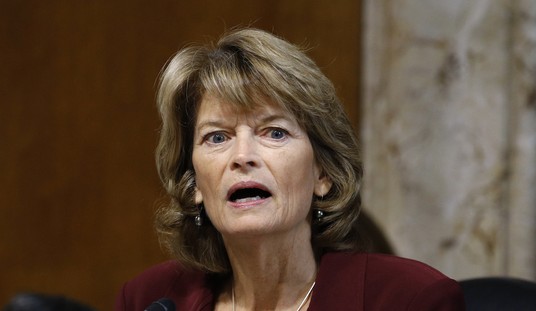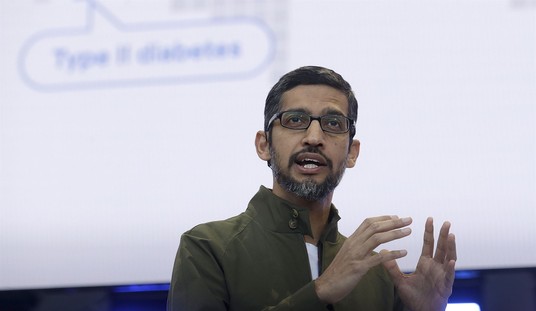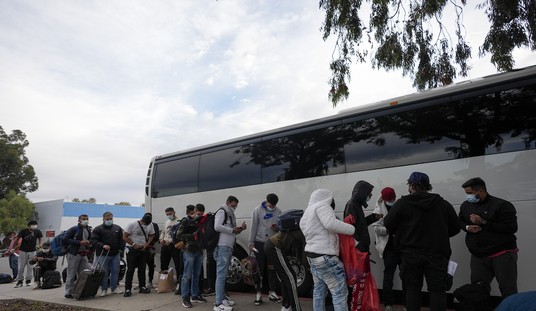Last week, Energy Secretary Stephen Chu insisted that the government needed to subsidize electric vehicles to make them cheap enough to transform personal transportation away from fossil fuels. This week, people in Washington DC, Virginia, and several other states may beg to differ:
A weekend without electricity was already trying for millions in the sweltering, storm-swept mid-Atlantic region. But Monday morning brings another grim challenge when many embark on a difficult commute over roads with darkened stoplights and likely mass-transit delays.
To alleviate congestion around Baltimore and Washington, federal and state officials gave many workers the option of staying home Monday. Federal agencies will be open in Washington, but non-emergency employees have the option of taking leave or working from home. Maryland’s governor also gave state workers wide leeway for staying out of the office. …
All 86 Metro subway stations in the Washington area were open, but delays were possible Monday because power was being routed through the system to serve some areas where power was not being supplied by commercial utilities, spokesman Dan Stessel said. Some stations in Montgomery County were running on backup power, he said, meaning escalators may not work — bad news for commuters braving the stifling heat. Metro bus riders were expected to experience significant delays.
As of late Sunday, nearly 2.7 million people remained without power in several states from Virginia to New Jersey and as far west as Ohio. That left many to contend with stifling homes and spoiled food as temperatures approached or exceeded 100 degrees, and utility officials said the power will likely be out for several more days. Since Friday, severe weather has been blamed for at least 17 deaths, most from trees falling on homes and cars.
Thus we see the wisdom of energy diversity. Light rail and subways run on electricity, which is only stable and plentiful enough to supply that kind of power because of the use of coal and natural gas. Cars, on the other hand, generally run on gasoline in this country, and that gives them a value in emergency situations. They can run independently of a failure in the electric grid, and have the range necessary to go further out for refueling when running low; most internal-combustion vehicles can go 300 miles on a “full charge,” while their electric-only counterparts can only go one-tenth that distance. That’s usually enough of a range to get families to shelter where power exists to run air conditioning and provide food storage. Even hybrids can manage this much, and this same argument would be true of natural-gas-powered vehicles.
On the other hand, those who have no other transportation options except electric are stuck inside the emergency area. Their vehicles don’t have the range to get them out of the disaster area, which means they have to be dependent on rationed supplies if their food supplies run low. They can’t easily get to distribution centers for that, either, at least not more than a couple of times, which means that emergency response teams eventually have to bring in gasoline-powered vehicles to reach them in a disaster.
This kind of multiple-resource system has a lot of value, and we should consider that when arguing whether we need to spend massive amounts on subsidies to eliminate the diversity — especially when electricity production comes from less-efficient resources, and other parts of our energy policy will restrict the amount of electricity produced in this country.
Here’s another example of foolish government subsidies being spent in defiance of reality:
The Dallas area leads the state in the number of public electric-vehicle chargers, with plans to double its nearly 100 stations by the end of the year.
But as companies such as Kroger announce campaigns to install more, parking spots designated for charging remain vacant at many locations and chargers stand idle, sometimes for weeks at a time.
“There’s no point” to public chargers, said Ron Swanson, president of the North Texas Electric Auto Association. “My gas station is my garage. I’m there 12 hours a day, so there’s plenty of time to get charged up.”
Many of the chargers are paid for using government funds. More than 70 percent of them, installed through Ecotality Inc., are free to use, but each costs the company $5,000 in installation and equipment costs.
That’s covered in part by $114.8 million in grants from the Department of Energy, according to Dave Aasheim, Texas Ecotality manager. Businesses with the company’s chargers are usually reimbursed for installation, leaving Department of Energy money to foot much of the bill.
No one’s using the chargers Dallas already has — and so the obvious answer is to build more of them.








Join the conversation as a VIP Member